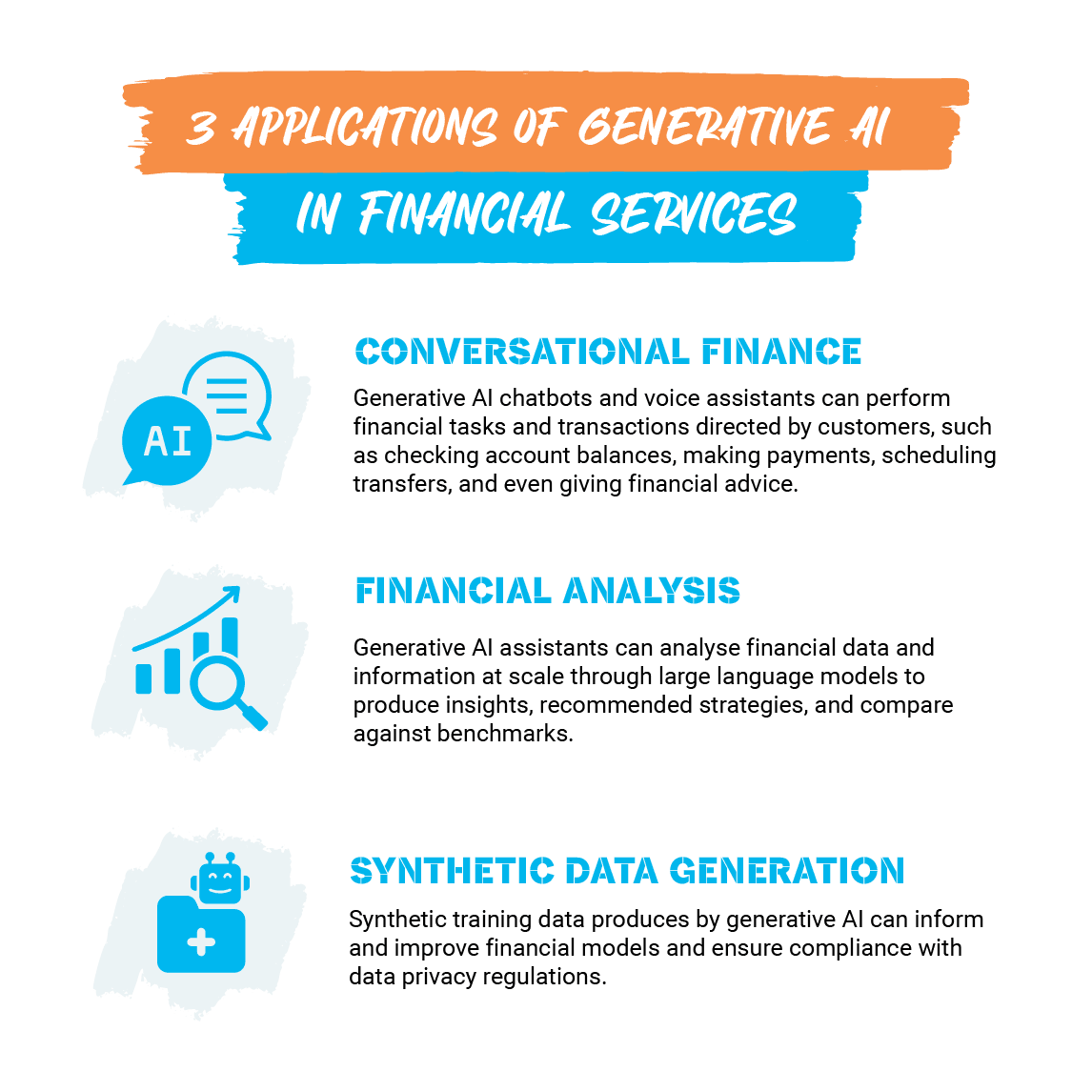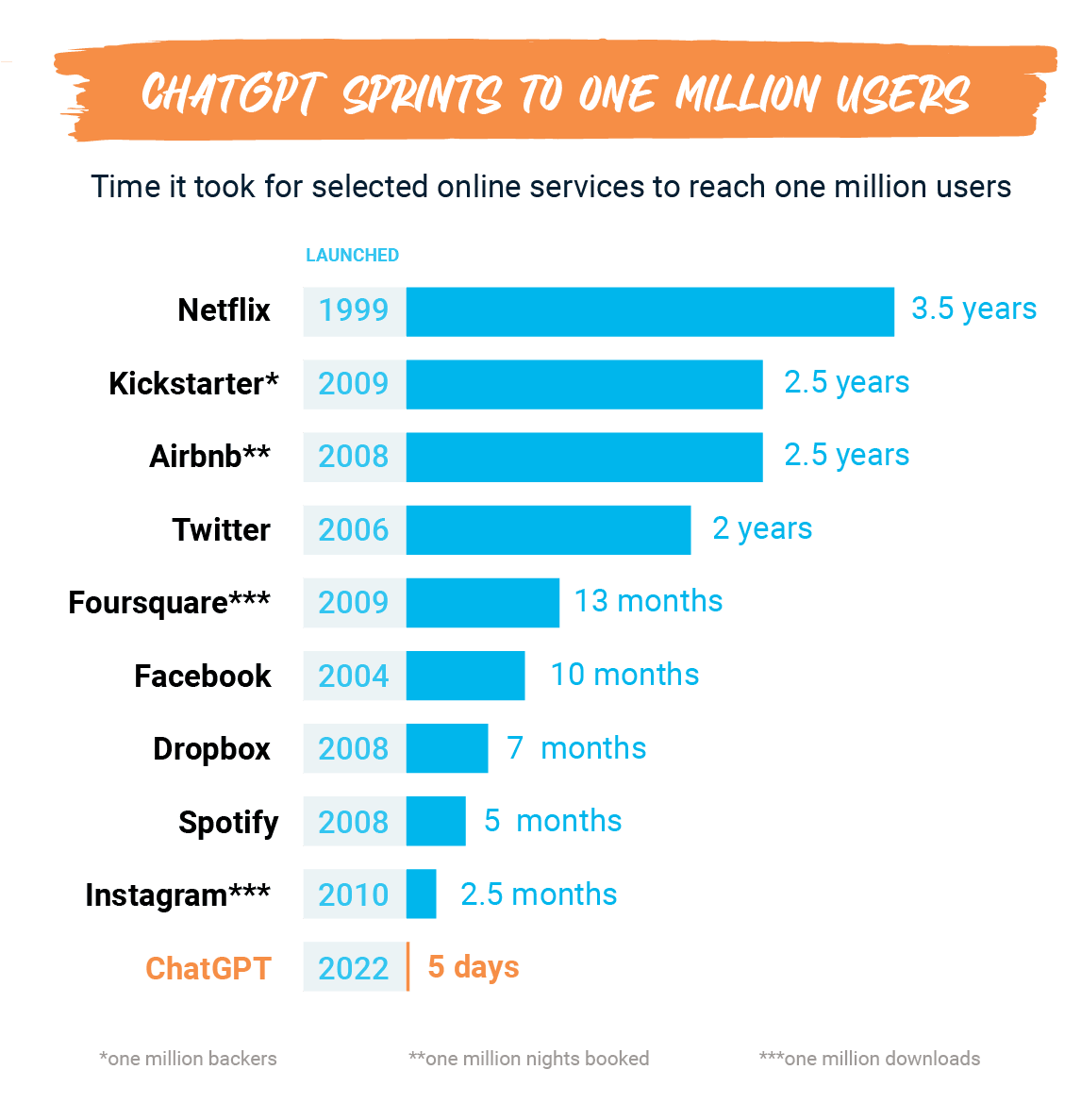- Blog
- Part 3 Generative AI special report: the future of work
Part 3 Generative AI special report: the future of work
_future%20of%20work.jpg)
Things are a little trickier for this final chapter and that is because I will aim to answer a question no one truly knows the answer to. What does the future workplace look like in the age of Generative AI? Playing soothsayer is always fraught with danger, as evidenced by the fact that even the world’s most famous Generative AI platform hedges its bets when asked the same question.
“Predicting the future workplace with absolute certainty is challenging,” ChatGPT replied before reinforcing that the information it provided was based on “speculative trends”.
Like ChatGPT, I am no Nostradamus but I believe the businesses destined to get the most out of Generative AI are those that best plan for its potential impacts and that means considering the following factors.
The future of jobs
As businesses figure out how to connect emerging generative AI tools and create a more industrial platform, they are going to unlock what I see as a more functional change than just improved task efficiency and productivity. The collective power of generative AI will allow organisations to remove entire functions and almost reorganise their business models. This will create a raft of implications, none more so than the spectre of new jobs and roles – and few things make workers more anxious than the threat that their current jobs will disappear.
While there is little doubt Generative AI has the potential to significantly impact various industries and job roles, whether it will completely replace jobs is a more complex question. The more likely scenario is a mix of job displacement, job augmentation and the creation of new roles, particularly those that revolve around the development and management of AI systems.
 Source: 3 applications of generative AI in financial services - CB Insights Research
Source: 3 applications of generative AI in financial services - CB Insights Research
Question time
Amid such change, one of the areas I am most excited about is the importance it will put on specific skill sets and none more so than the ability to ask good questions. Generative AI is providing organisations with unprecedented access to knowledge. It is almost like having the ability to tap into the minds of an infinite number of experts but it all starts with asking the right question. That means an increasing need to employ people who can tap into the creative sides of their brains and provide the human aspect of reasoning and context that Generative AI simply cannot offer.
One of the new disciplines that has already emerged is prompt engineering, which requires people to develop and optimise prompts to efficiently use the large language models driving so much of Generative AI. While finding answers has never been easier, we have become complacent about the art of asking good questions but that will need to change in the future workplace.
Resource allocation
Generative AI’s ability to perform tasks in seconds that would have once taken workers hours is going to inspire countless boardroom debates about how to utilise those freed-up resources. While many business leaders will be wooed by the obvious cost savings, I believe there is a golden opportunity to redeploy human resources to exploit even more value out of the technology.
I’ve already had discussions with clients about the potential to redirect the time and money once spent on menial tasks towards an investment in more highly qualified contact centre managers and supervisors or to recruit process engineers who can ask the right questions of Generative AI. It is all about capturing the value of the technology and reusing it in new ways.

Source: The Limits & Endless Potential of Generative AI (pmg.com)
Blended workforces
As an organisation heavily invested in the future of contact centres, we have spent considerable time thinking about the contact centre agent of the future and I see there being two types – the human agent and the AI agent. How these two elements come together in the blended workforce is really interesting and leads to the notion of scaled AI, which I discussed in Part 2 of this series.
While there will be human agents playing very specific roles, we will see bots performing the repetitive and time-consuming tasks they are best suited to. This is similar to the current human-based contact centre where we have supervisors, coaches and quality assurance staff working alongside colleagues focused on the frontline of customer service. In this blended world of people and AI agents, the organisations that thrive will be those that realise it is not about simply removing jobs but redeploying human resources to where they will deliver the most value.
Summary
Generative AI is a once-in-a-generation opportunity for businesses but, as tends to happen in the rush to embrace new technologies, there will be organisations that one day rue the fact it became a missed opportunity. They will fail to get the right balance between risk and reward. They will chase sugar highs over the surety of scaled AI. They will create contact centres that weigh too heavily towards technology over people.
The good news is there will be even more businesses that get the blend right. The contact centre of the future will see a perfect alignment between the human element and the machine element and while there is no definitive path to reach that point, the journey to get there will be an exciting one.
Delivering positive customer experience is the key to modern business success but what should you do when obstacles get in the way? Discover how to overcome four challenges for building customer connection in the CX world.
If you missed part one of this Generative AI special report, read it here: evaluating the risk vs rewards.
Followed by part two: plan for long-term.
About the Author
Jon Stone is a seasoned digital and data leader with a strong record of leading large-scale transformations across multiple regions. With more than 20 years of experience in consulting and technology firms, he is passionate about collaborating with clients to deliver innovative digital and data solutions that enhance CX and optimise core processes.


